

Matthew Wilson
Art Historian
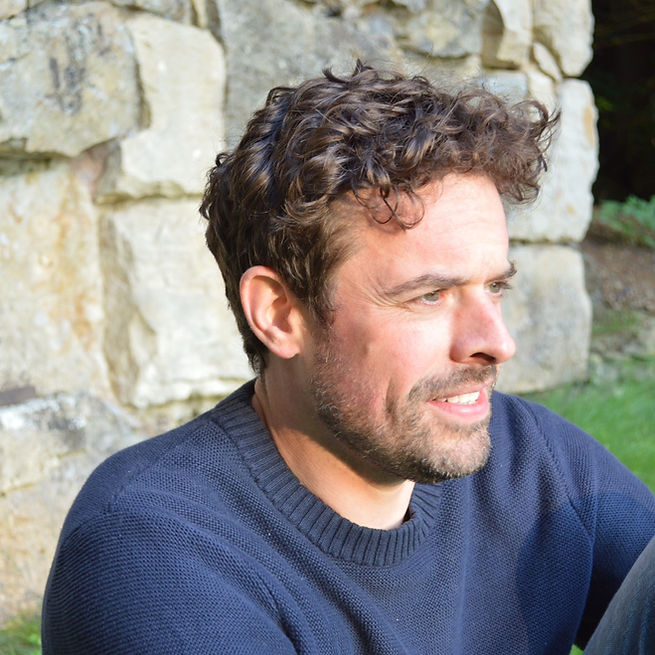
The power of art; the intesity of the human imagination.
What is art for? Why is it pivotal for growth and fulfilment? How can we unlock its wisdom?
These are questions explored by Matthew Wilson in his writings, lectures and teaching.
He has written three books, writes regularly about art and culture in numerous publications, and is an accredited lecturer for The Arts Society.


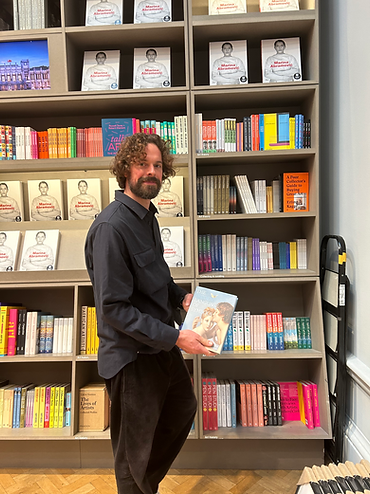

BBC Culture
They helped to make Vincent van Gogh among the most famous and influential painters in the history of art. Why did sunflowers obsess him and so many other artists before and since?
26th June 2025

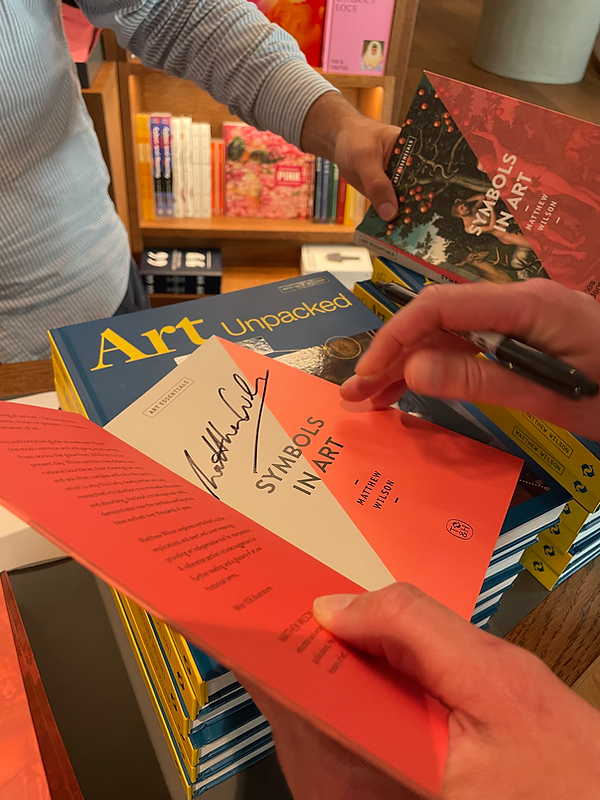

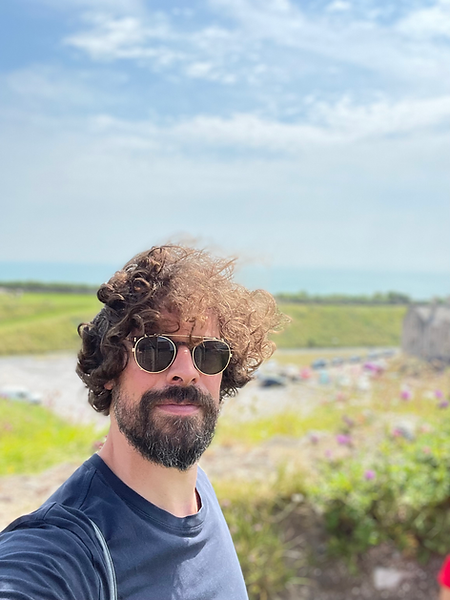
THE SPECTATOR
How a female medieval poet rescued the flower’s reputation
11th February 2023
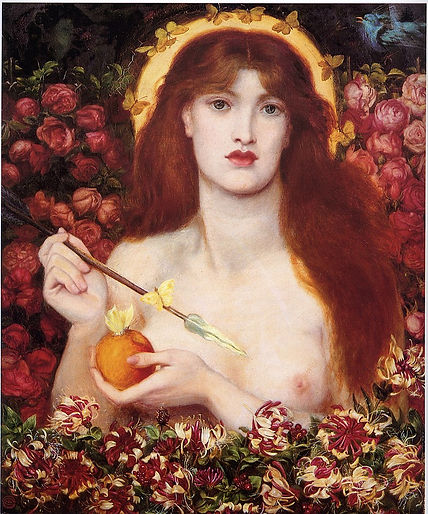

“Kid A Mnesia”, a new book, offers insight into a unique creative collaboration
10th November 2021
THE ECONOMIST

BBC CULTURE
As museums around the world celebrate the 250th birthday of JMW Turner, it's time to reappraise his beloved and celebrated painting, The Fighting Temeraire.
17th April 2025
MY LATEST BOOK
Published Autumn 2023
See description in 'books' section


BBC CULTURE
A new exhibition at Tate Britain celebrates the 'strange and extreme' world of the Rossetti family, who challenged conventions in art and life, writes Matthew Wilson
13th April 2023
BBC CULTURE
From lust to Bugs Bunny – the rabbit has taken on different meanings throughout history, in global folklore and artistic symbolism. But how did it become the poster boy for Easter? Matthew Wilson finds out.
7th April 2023
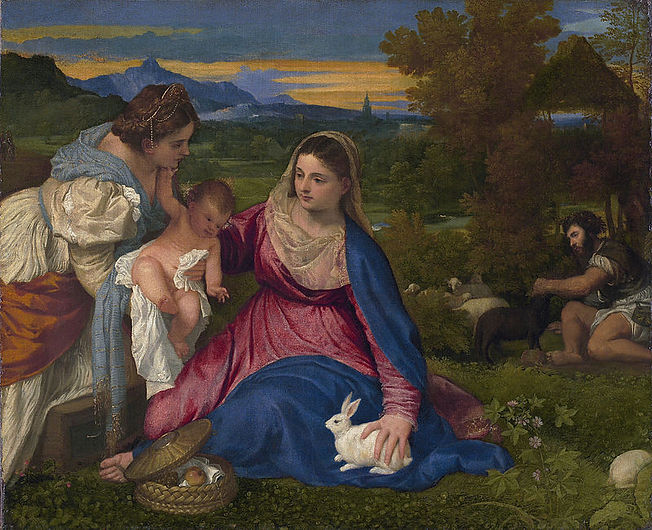
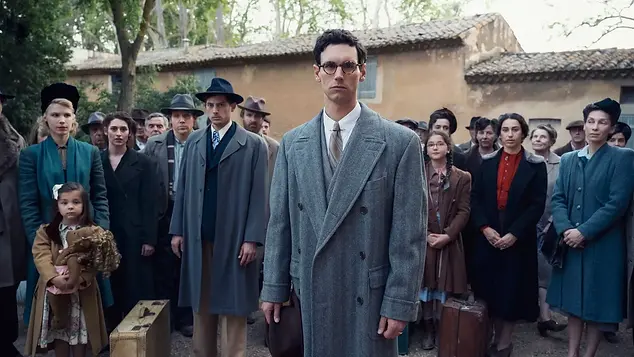
BBC CULTURE
The new Netflix series Transatlantic explores a covert WW2 operation to rescue artists, intellectuals and authors from Nazi-occupied Europe, writes Matthew Wilson. Who was Varian Fry, the man behind this mission, and what was his impact on cultural history?
3rd April 2023
BBC CULTURE
As any mutt owner will attest, the human/hound bond is a profound one. What explains this special relationship? The Wallace Collection in London's new exhibition Portraits of Dogs: from Gainsborough to Hockney suggests that an answer can be found in visual art.
27th March 2023


BBC CULTURE
A major new Vermeer exhibition at the Rijksmuseum in Amsterdam displays the artist's evocative and serene paintings of daily life – but they harbour secret, symbolic messages
20th February 2023

BBC CULTURE
Paul Cézanne's paintings offered a radical new way of seeing – five works at a new exhibition in London reveal techniques since discovered by scientists
18th October 2022
MY LATEST BOOK
Published Autumn 2023
See description in 'books' section


BBC CULTURE
Do we have a bias against colour in art? Matt Wilson explores prejudices that have built up over centuries – leading to what has been labelled 'chromophobia', the subject of a new exhibition at New York's Metropolitan Museum of Art.
16th August 2022
BBC CULTURE
An exhibition on Surrealism, co-curated by Tate Modern and the Metropolitan Museum of Art, explores the movement's previously unacknowledged multi-culturalism. These artworks from six continents explain how.
10th March 2022


THE ECONOMIST
A film critic analyses the depiction of calamities, both real and imagined, on screen
28th January 2022

Few other paintings in art history have become such a powerful symbol of non-conformist gender identity and same-sex attraction, writes Matthew Wilson.
21st January 2022
BBC CULTURE
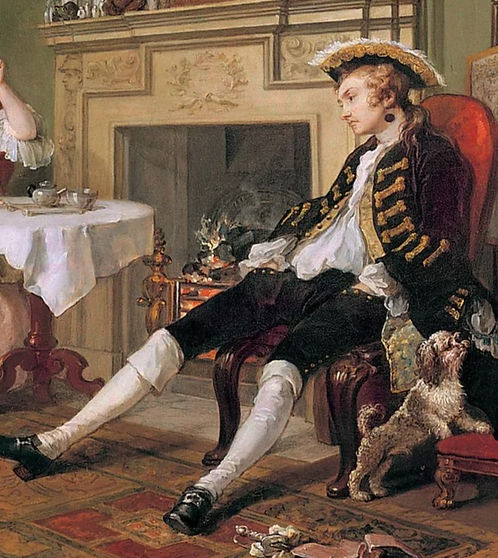
BBC CULTURE
From our 21st-Century vantage, William Hogarth (1697-1764) is arguably Britain's most influential visual artist. He has been the subject of no fewer than four significant shows in London over the past two years. Key contemporary artists, including David Hockney, Paula Rego, Lubaina Himid, Yinka Shoninare and Grayson Perry, have paid explicit homage to his work over the past decades. Reverential parodies of Hogarth continue to appear in the work of modern political satirists such as Cold War Steve, Martin Rowson and Steve Bell; he has even been cited as a major influence on the legendary satirical magazine Private Eye. No other painter from British art history can claim such an extensive impact.
2nd November 2021
BBC CULTURE
Great movements for change need powerful symbols. Picasso's dove is forever synonymous with the World Peace Council, and the rainbow flaginseparable from LGBTQ pride. These icons play a key role in unifying the actions of people from disparate backgrounds and nationalities. They bestow a visual identity on to a set of ideals. If the climate crisis is searching for a symbol, one option is the butterfly, an insect that is not only hypersensitive to the ecosystem, but steeped with meaning in the history of art.
16th September 2021


THE ARTS SOCIETY
Unlocking the hidden meanings of cultural symbols sheds new light on ideas that have driven history. Our expert, Matthew Wilson, explores the tales behind five great examples
16th August 2021
Unlocking the hidden meanings of cultural symbols sheds new light on ideas that have driven history. Our expert, Matthew Wilson, explores the tales behind five great examples
BBC CULTURE
How has a seemingly straightforward image – an eye set within a triangle – become a lightning rod for conspiracy theorists?
13th November 2020

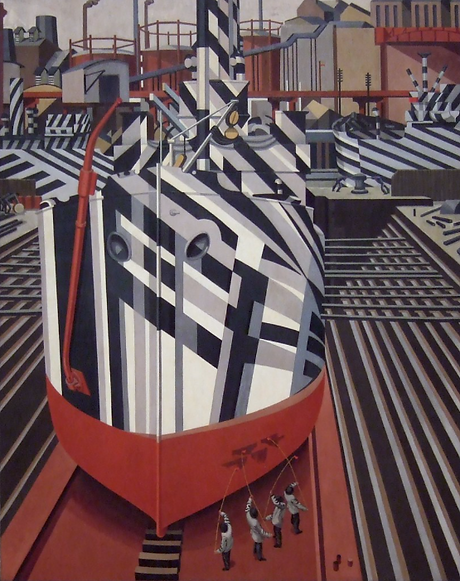
BBC CULTURE
In the two World Wars, painters were deployed to create optical illusions. Matthew Wilson explores how a camouflage unit and a 'Ghost Army' used misdirection in deception operations that helped lead the Allies to victory.
24th February 2021
BBC CULTURE
It was worn by kings and queens in paintings – and eaten by Elizabeth Taylor's puppy. Matthew Wilson traces a history of La Peregrina – and of pearls in art.
25th May 2021


BBC CULTURE
After first appearing in the religious art of ancient Iran, the disc halo migrated across cultures at an astonishing pace, aided by trade on the Silk Roads. Matt Wilson explores how a simple symbol connects Jesus, Buddha and Apollo.
24th June 2021
SMARTHISTORY
This is a painting about the events of a single day: May 14th, 1610. That date witnessed two seismic incidents in French history: a cold-blooded political assassination, and the investiture of one of the seventeenth century’s most powerful women. Rubens’s vast canvas turns the day’s news into an epic Baroque dramatization, and a persuasive piece of propaganda.


SMARTHISTORY
Shock value has been an important aspect of art since the nineteenth century. But is provocation always merely a case of superficial attention-grabbing, or can it ever have depth?
SMARTHISTORY
From the midst of a fierce snowstorm a 200-ton paddle steamer and its human cargo dips below a cresting wave as it battles to reach shore.

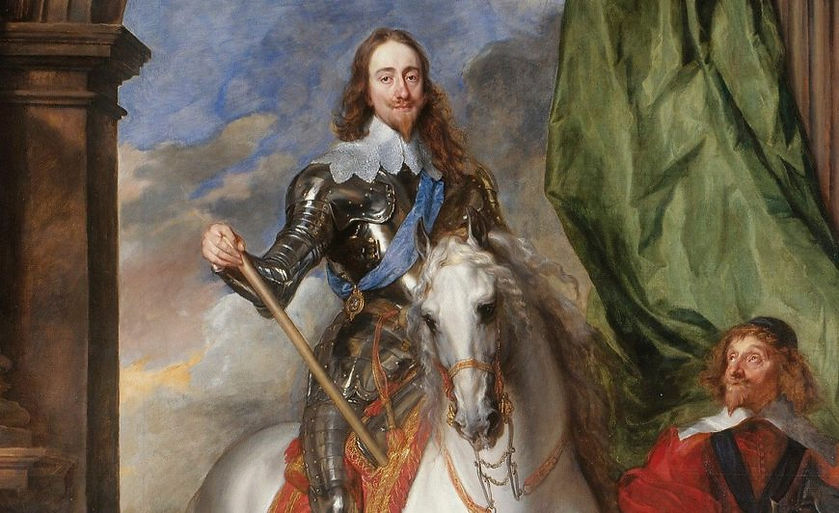
SMARTHISTORY
Equestrian portraits (a figure on a horse) are usually reserved for military and political leaders, following an ancient tradition going back at least as far as Alexander the Great and the Roman Emperor Marcus Aurelius.

AESTHETICA MAGAZINE
Eduardo Paolozzi’s General Dynamic F.U.N. (1965-70) is the best thing at the Whitechapel Gallery’s, London, new retrospective, a manifesto of the artist’s anarchy, effrontery and experimentation. It also aptly demonstrates why he is such a difficult artist to exhibit.
AESTHETICA MAGAZINE

Joan Miró moved into his own purpose-built studio on Mallorca at the age of 63 after decades of working in cramped spaces in Barcelona and Paris. The new atelier – designed by the Spanish modernist architect Josep Luís Sert – was big, airy and a magnet for the expansive Mediterranean sun, and must have struck the artist profoundly. He marked the occasion by destroying 80 percent of his extant work.